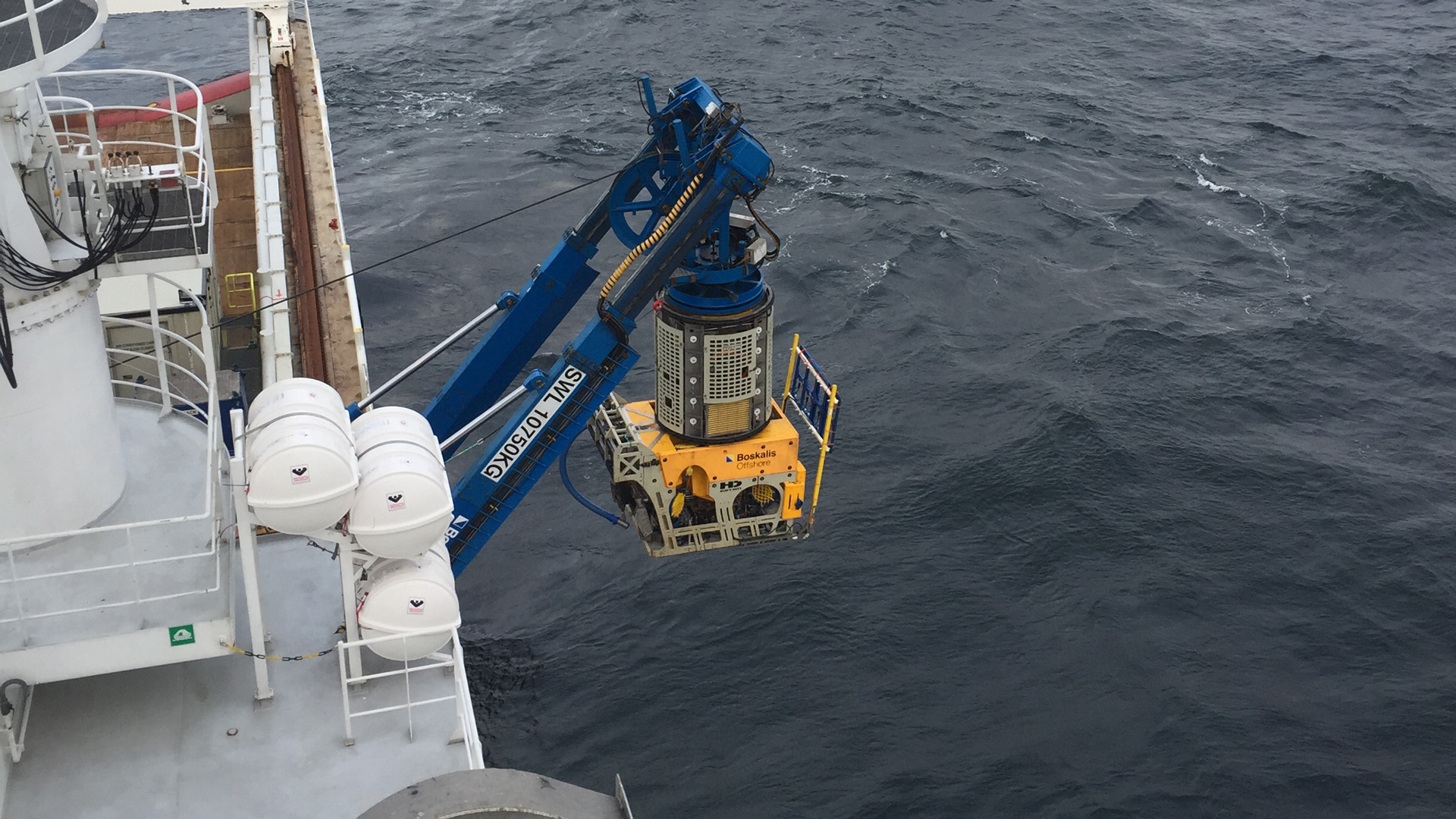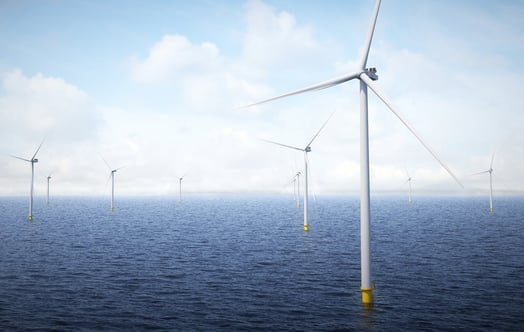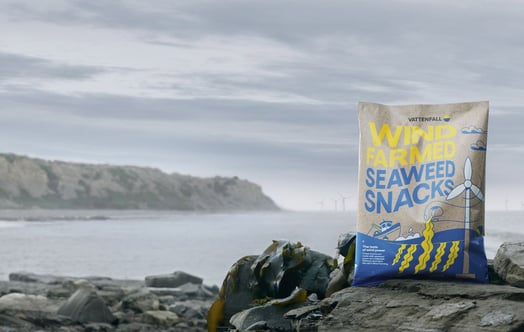Over the next two to three weeks, a ship filled with specialists will sail the area where the offshore wind farms Vesterhav Syd and Vesterhav Nord will be erected off the Western coast of Denmark.

Delta Olympic and Katabatic will both participate in the search for mines and shipwrecks off the Western coast of Denmark
Archaeologists, mine clearers, Vattenfall employees and underwater survey specialists will be on board the ship Olympic Delta over the next two to three weeks to carry out a meticulous survey of the North Sea sea bed, where the Vesterhav Syd and Vesterhav Nord wind farms are being constructed. As well as conclusively determining whether there are old, unexploded naval mines in the area, the work also involves archaeologists from Strandingsmuseum St. George in Thorsminde. The museum has marine archaeological responsibility for a large section of the North Sea and it will examine the findings from three potential shipwrecks in the area at Vesterhav Nord.
Alongside Olympic Delta, a smaller ship, the Katabatic, which is able to sail in shallower waters, will carry out surveys close to shore.
"A geophysical survey of Vesterhav Syd and Nord was undertaken in 2017, and we found 22 points of interest at each of the forthcoming wind farms, in addition to some large areas where the changes in the magnetic field gave rise to measurements that were unclear. Generally, you can expect one to five per cent of fields which have been highlighted to contain dangerous objects. But we often find other interesting things such as old anchors and perhaps old wrecks," explains Vattenfall's senior geophysicist Dorthe Reng Erbs-Hansen, who has overall responsibility for the work.

A mine on Horns Rev 3 seen through the remotely operated vessel camera
Archaeologists determine the age of shipwrecks with remotely operated vessels
"One of the finds is definitely a shipwreck. We have a good picture of it, but don't know what kind of vessel it is or when it sank. This is why the archaeologists from Strandingsmuseet are going to go on board and, with the aid of our remotely operated underwater vessel, assess whether it is more than 100 years old and therefore protected according to the Danish Museum Act. If this is the case, a larger security radius will apply around the ship than would have been the case if it dated from more recently," explains Dorthe, who adds that the underwater vessel enables inspection without having to send down divers, which is considerably more dangerous.
"Safety always comes first, including for the external specialists we work with, so we would prefer to avoid having to send down divers, and in connection with the current investigations divers will only be used close to land, where there are no other options available," she elaborates.

Preparing the remotely operated vessel at Horns Rev 3. Photo: Boskalis Hirdes
Vattenfall has also asked the Danish Agency for Culture and Palaces for permission to take a sample of the ship if it proves to be made of wood, so that it can be determined precisely how old it is using carbon-14 dating.
Important to plant the 'legs' in the right place
According to Dorthe, it is not certain that the two other markings found in the geophysical surveys are wrecks. One is a ship-shaped impression on the sea bed while the other is a pointed clump that could be a wreckage of a ship or a lifeboat, but which could also simply be a four by five metre rock which was left on the sea bed during the Ice Age.
Prior to commencing work on the wind farm, it is important to know which areas the large ships need to keep away from when they lower their long jack-up legs down into the sea bed to be securely fixed when the foundations and later the wind turbines are erected in the sea. The same applies to routing cables between the turbines and in towards land.
When Olympic Delta is finished with the work here it will continue to the Baltic Sea to study the area where Vattenfall is to build Kriegers Flak offshore wind farm.
De-mining in 2016 in preparation for the construction of Horns Rev 3
Video player requires marketing cookies.
To view this content please click here to allow marketing cookies.



